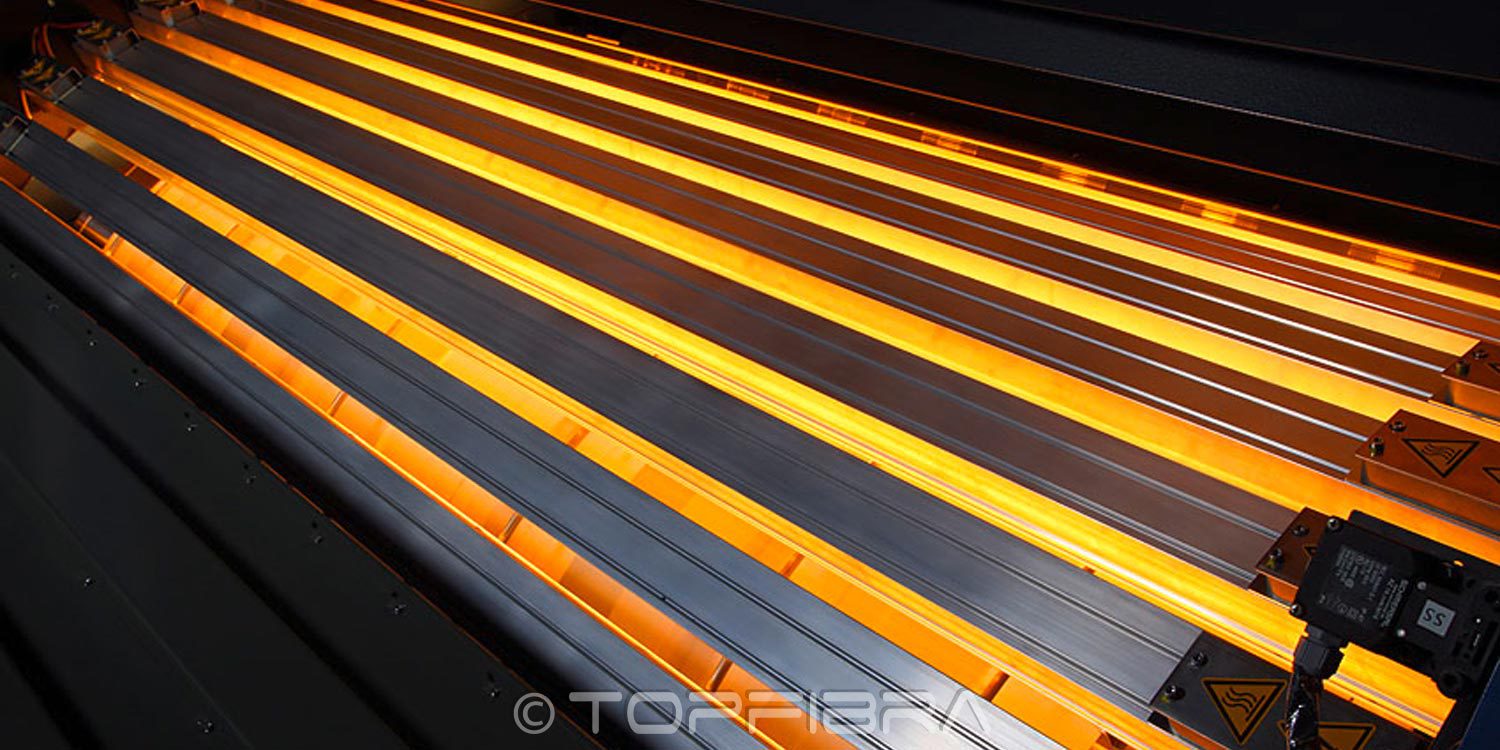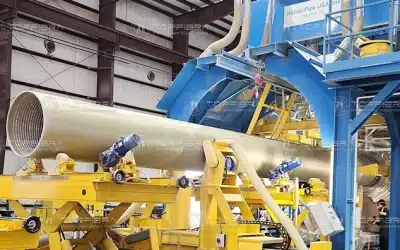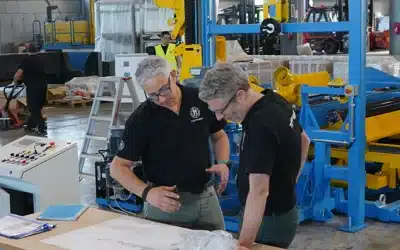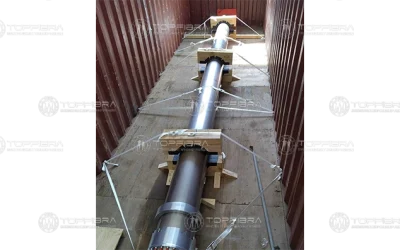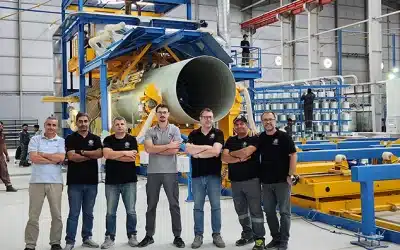When you have to choose which Filament Winding technology to apply in your company and you don’t want to make a bad investment, doubts begin to take control and it seems that you are no longer able to think rationally.
So what exactly can a company do in order to avoid all this and produce the GRP in the most cost-efficient way?
If you want to see the whole picture and make the right decision, you need to analyze all your production costs and apply a specific method to achieve the “savings”.
The first step is always to better understand all the stages needed to produce the composites. Today I will write about the curing stage:
How are the filament winding composites cured?
They are mostly cured with infrared heat (UV radiation is also used for curing and we will talk about it in another post). The IR quickly and homogeneously heats the composite, making it possible to shorten the process times. Imagine how important it is to shorten the continuous filament winding process due to the short time that the laminate is on the mandrel!
But what exactly is infrared energy?
Infrared energy (IR) is a form of radiation with a wavelength between visible light and microwaves inside the electromagnetic spectrum. The IR energy travels in waves and due to the known relationship between the wavelength, frequency and energy level, the energy (temperature) increases as the wavelength decreases.
Unlike convection, the IR energy may be absorbed directly by the composite or reflected or transmitted to the substrate.
Each material has its own absorption spectrum, i.e. the range in which the electromagnetic radiation is best absorbed. When the emission spectrum of an infrared emitter is optimally adjusted to a material’s absorption spectrum, the material is heated much faster and much more efficiently. And of course, there is an immediate energy saving.
Have in mind that because the energy is radiant (in the form of radiation), IR cure is known to have limitations based on line of sight. That is, the energy only travels in a straight line, to be absorbed by sections of the part facing the source, much like a flashlight illuminating an area of the part.
Although there are many different manufacturers and types of equipment available, an understanding of the basics of IR cure and the composite response will help take away some of the mystery and myth which has been associated with this cure system.
How do you know if you are using or choosing the right infrared cure?
Using the infrared spectroscopy analysis. When a molecule absorbs electromagnetic radiation, it becomes more excited and vibrates faster. By measuring different vibrations after proper irradiation, it is possible to determine the best irradiation wavelength and choose the most suitable IR system to be used during GRP production.
Too complicated to perform this test in your company?
I’ve got good news for you. You don’t need to do any research. We provide you with optimal IR curing for filament winding in your GRP plant. The tests and our case studies show the difference.
Conclusions and additional information:
- it is possible to determine the best IR system for your composite;
- due to the fact that infrared emitters consume energy, it is very important to calibrate them for your application;
- most IR sources emit energy over a band rather than at a single wavelength or frequency. The broadness of this band, known as purity, can have a major effect on the cure since it establishes the degree of penetration;
- another issue to take into consideration is the amount of energy available on the surface of the coating. This is known as the watt density. If the watt density is too high, the coating will scorch and degrade at the surface. This parameter may be adjusted by decreasing the number of emitters or by increasing the distance between the emitter and the part.

